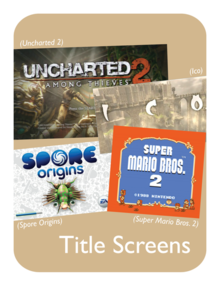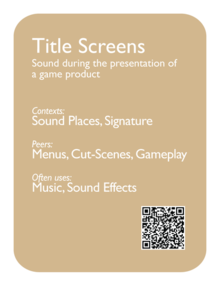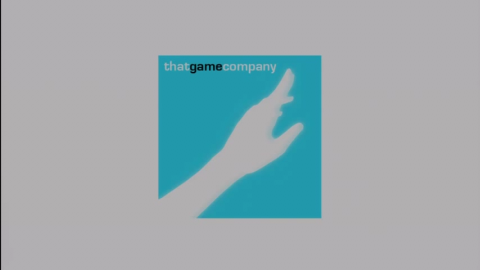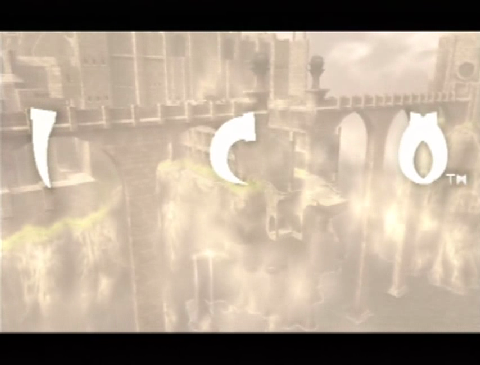Difference between revisions of "Title Screens"
ValterAlves (Talk | contribs) m |
ValterAlves (Talk | contribs) m |
||
| Line 28: | Line 28: | ||
| ex2=<mt p="TitleScreens" g="Uncharted 2" w="{{R16by9W}}" h="{{R16by9H}}"></mt> | | ex2=<mt p="TitleScreens" g="Uncharted 2" w="{{R16by9W}}" h="{{R16by9H}}"></mt> | ||
| ex3=<mt p="TitleScreens" g="Uncharted" w="{{R16by9W}}" h="{{R16by9H}}"></mt> | | ex3=<mt p="TitleScreens" g="Uncharted" w="{{R16by9W}}" h="{{R16by9H}}"></mt> | ||
| − | | ex4=<mt p="TitleScreens" g="Mirrors Edge" altg="Mirror's Edge" w="{{R16by9W}}" h="{{R16by9H}}"> | + | | ex4=<mt p="TitleScreens" g="Mirrors Edge" altg="Mirror's Edge" w="{{R16by9W}}" h="{{R16by9H}}"></mt> |
| ex5=<mt p="TitleScreens" g="Spore Origins" w="{{ViPhoneH}}" h="{{ViPhoneW}}"></mt> | | ex5=<mt p="TitleScreens" g="Spore Origins" w="{{ViPhoneH}}" h="{{ViPhoneW}}"></mt> | ||
| ex6=<mt p="TitleScreens" g="LocoRoco" altg="Loco Roco" w="{{R16by9W}}" h="{{R16by9H}}"></mt> | | ex6=<mt p="TitleScreens" g="LocoRoco" altg="Loco Roco" w="{{R16by9W}}" h="{{R16by9H}}"></mt> | ||
Revision as of 17:15, 13 October 2011

|

| |
| The card's front face | The card's back face |
Contents
Synopsis
| Sound during the presentation of a game product. |
Relationships
Contexts:
Sound Places File:M385px-SoundPlaces-front-v20.png, Signature ![]() .
.
Peers:
Menus ![]() , Cut-Scenes File:M385px-Cut-Scenes-front-v20.png, Gameplay File:M385px-Gameplay-front-v20.png.
, Cut-Scenes File:M385px-Cut-Scenes-front-v20.png, Gameplay File:M385px-Gameplay-front-v20.png.
Often uses:
Music ![]() , Sound Effects
, Sound Effects ![]() .
.
Description
Title Screens constitute one of the distinctive components (Sound Places) of sound design in games, along with the introductory Menus, Cut-Scenes, and – the more 'extensive' component – the sound occurring during Gameplay.
Although the exposition of the player to the Title Screens is very short when compared with the other Sound Places, it constitutes the first contact of the player with the game, both when first running and in each new session. Being so, it plays an emotional role that sound can help to explore.
It is noticeable that some games extend their Title Screens back to the presentation of distributor and development teams, mostly by customizing the respective logos with motifs from the game, sometimes resorting solely to sound.
Music is the most prevalent solution for Title Screens, sometimes becoming part of the Signature of the game.
Examples
  Flower: Sound of Title Screens (which in this case is even dependent of previous accomplishments in Gameplay) starts to be heard right from the presentation of the distributor [pending: double check this] and development team.
|
  Sonic the Hedgehog: Same games from Sega, including Sonic the Hedgehog, share a short Signature that is used in Title Screens but which is repeated along the gaming session, between levels.
|







